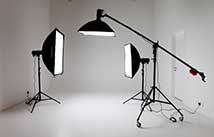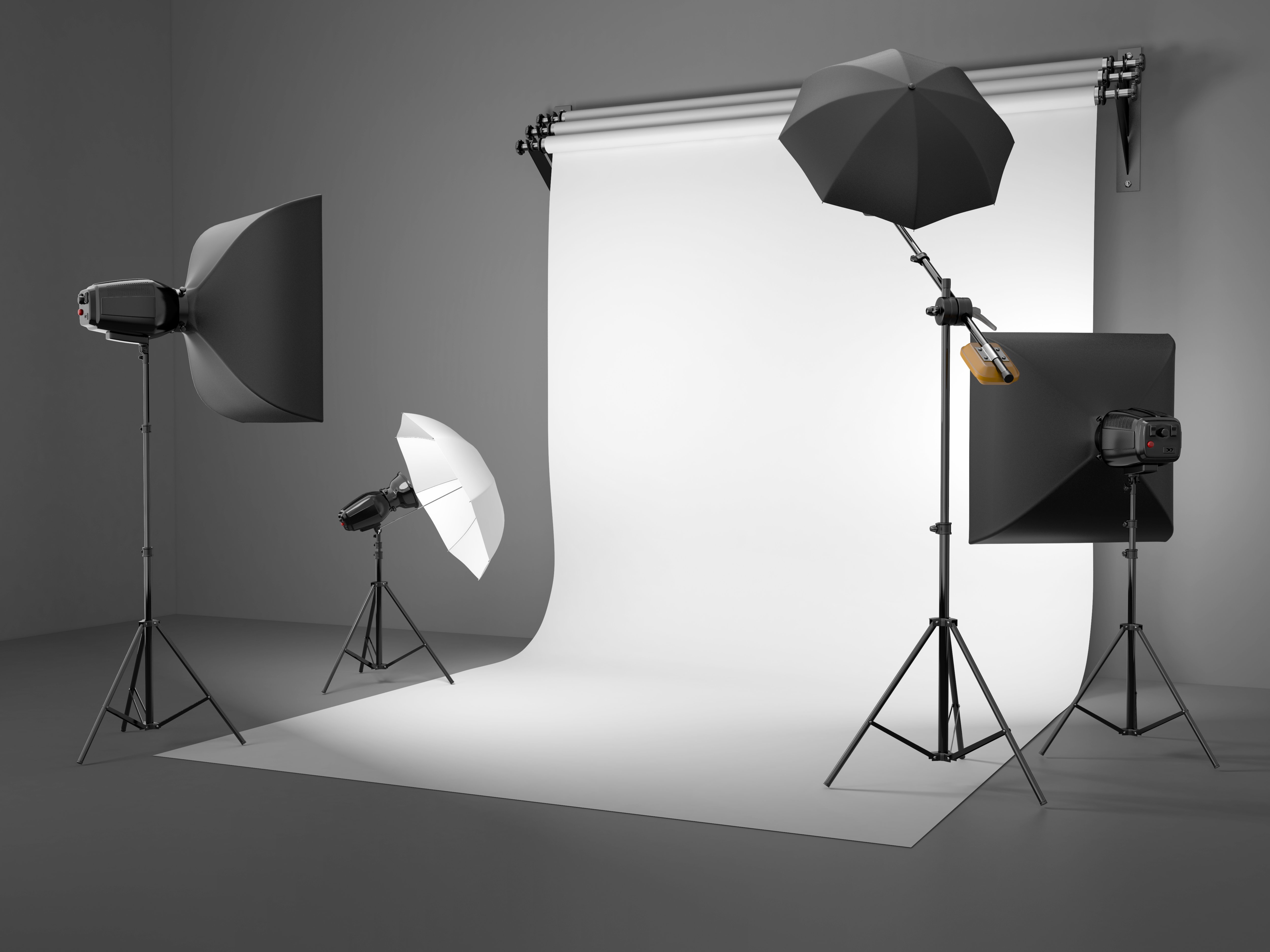
Last Updated on June 27, 2016 by Md Mejba Uddin Biplob
Understanding Studio Light Set Up: Light Studio Basic Info and Buying Guide
light studio: Photographers are always looking for ways to improve their shoot so it will not take them long to realize that sooner or later they need to invest in lighting equipment.
While sunlight is enough to frame shots perfectly there will be shoot situations where daylight is scarce, the weather acts up and you end up with a dark room, or you simply need to provide additional lighting to capture best your subject (shooting in a light studio is very ideal in this case).

Many years ago lighting equipment was deemed by amateur photographers as something not worth the investment or simply too expensive for them to buy. Thanks to modern manufacturing and production buying studio light today can be done even with limited funds. You can also start small depending on your skills and buy additional equipment as you learn along, honing your skills to perfection.
What studio lighting to buy
There are definitely a lot of options if you go directly to a studio light store. The choices will confuse you and will ultimately lead you to buy the wrong one. The best way to start your studio lighting hunt is to know first and foremost the different kinds of lighting, its ideal use, and how each contributes to a typical shoot environment.
- Hot light. The hot light is accurately named – it produces bright, hot light. This is simply called tungsten light by photographers. This employs quartz halogen lamps that require the massive amount of power from 500 watts up to 800 watts. When you plan to shoot HD videos with your DSLR this light source can deliver well as it is a good source of constant light. It also works well with taking pictures of small objects. Its orange tint and its bright light often wash out the photo with its tinge “staining” the frame that flashes and even daylight cannot mix well with it. Perhaps its greatest disadvantage is that it produces crazy amount of heat that it is considered a fire hazard. Be careful when using hot studio light.
- Cool light. Cool light are an obvious alternative to the former. This kind of studio light source is friendlier with flashes and daylight thanks to its spectrum of provided lighting. With cool light, you can steer clear from injuring someone. Although cool lighting is much preferred in the world of photography its limitations is quite the same with hot lighting solutions. Cool light demands for high ISO setting in your camera with very slow shutter speed to maximize available light provided for the subject.
- Flashes are the most widely used light studio option for photographers. It has more illuminating power and is lighter and easier to handle than hot and cool lights which are often external attachments that necessitate tripods and other gear. Flashes are categorized to two. The first one is the shoe flash, called as such because they easily attach to the metal plate on top of the camera called the hotshoe. The second one is called the studio flash which comes in different varieties and also comes with different accessories to either focus or diffuse the light from the flash.
What should be in a lighting kit?
Photography lighting kit must have four key elements – a broad light that provides huge lighting coverage to wrap around the subject, a hair light, a fill light, and a background light. All these complement each other to provide a well lighted subject and a superb photo that captures the right details depending on the purpose of the shoot.
The basic studio light set up has first and foremost the broad light, the main light that is often used with an umbrella or soft box to provide envelope lighting to the subject. The fill light on the other hand “fills” the shadows casted by the main light. This can be provided by another light with an umbrella positioned adjacent to the main light to soften the shadows around the subject or this could be just a simple foil that bounces light to counter heavy shadows.
The fill light on the other hand “fills” the shadows casted by the main light. This can be provided by another light with an umbrella positioned adjacent to the main light to soften the shadows around the subject or this could be just a simple foil that bounces light to counter heavy shadows.
The fill light on the other hand “fills” the shadows casted by the main light. This can be provided by another light with an umbrella positioned adjacent to the main light to soften the shadows around the subject or this could be just a simple foil that bounces light to counter heavy shadows.
The hair light as its name implies is the light which has a concentrating attachment that directly project light to the hair, enabling the camera to capture necessary hair details. The last one is the background light that is placed at the back of the subject to illuminate the back part of the frame.
Other things that are important in a light studio are tripods for mounting flashes and other lighting, background, extension cord for supplying power to different lighting fixtures, even gaffer tapes to mark out lighting position in the studio. All these make up the sum of a well designed lighting for capturing amazing shots.
Tips in buying studio lighting
Studio light can now easily be sourced from many photography supply stores but to get the most out of your money the best place to shop for equipment is online. Trusted selling portals include Amazon and Ebay that has already refined their system providing buyers a safer virtual market place for photography equipment.
Here are two very important tips you need to be mindful of when sourcing studio light equipment online.
- Know more about the item you want to buy – you need to have a thorough understanding of the equipment you want to buy like the features you need, the base price of the item you need, and so on. This allows you to better assess your possible purchases online like giving you a realistic figure if the listed price is good enough or too expensive, and so on.
- Know the seller well – if you have identified the best seller of your item be sure to dig deeper about his selling history. How long has he been selling online? What are his ratings? What are his customers saying about his business? These can give you an idea if the seller is trustworthy enough to deliver your purchase of light studio.





